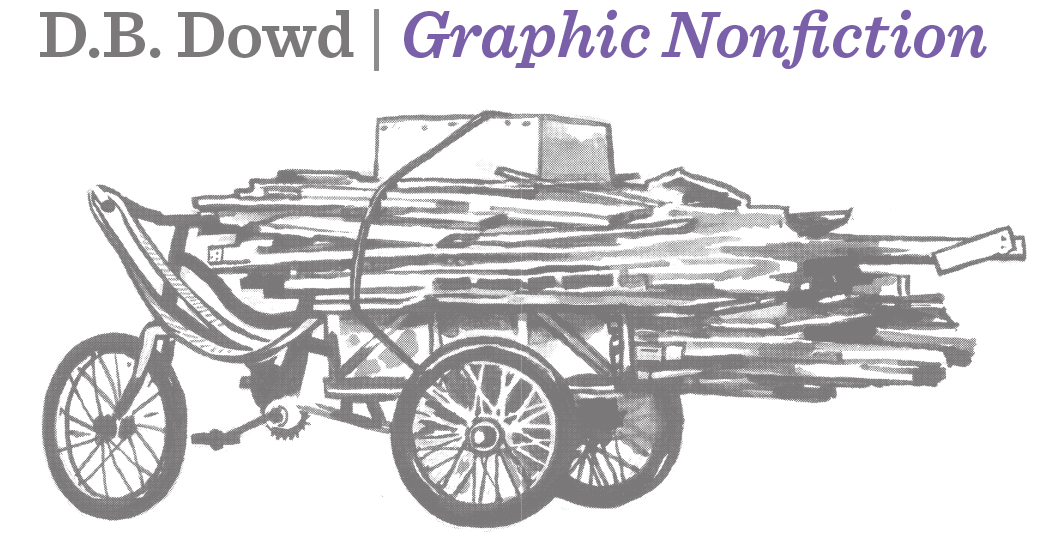Commercial Modernism Grab Bag
It's been three weeks since my last post. That's a little frustrating, although given the workload in the classroom, it is at least somewhat understandable. The good news is that I've been chugging my way through the semester in Commercial Modernism, and learning new stuff along the way. I promised to provide more information about my spring courses, and haven't really done so, save for a discussion of Leyendecker, Parrish and Susan Sontag. So here'a an overview of CoMod, as I have dubbed the folder in which I'm dumping the slides and lectures and research.
Description below, with some elaboration to follow:
Commercial Modernism 1865-1965
This course will explore contributions to and expressions of image-based visual modernism within the commercial tradition. We will focus on periodical illustration, the comic strip, and animated film. Content will address the birth and expansion of industrial image production; the history of relevant technologies; modernist art theory and the experience of modernity; the parallel but culturally distinct traditions of illustration and cartooning; issues of race and gender in the production and reception of these works. A sampling of practitioners to be considered: E.W. Kemble, Howard Pyle, Jessie Willcox Smith, Elizabeth Shippen Green, N.C. Wyeth, Winsor McCay, J.C. Leyendecker, Norman Rockwell, George Herriman, Chester Gould, Milton Caniff, Al Parker, Robert Weaver, Mary Blair, Saul Bass, Paul Rand, Ezra Jack Keats, Jack Kirby. Four required film screenings will be scheduled during the semester. [short on time, I just cut that to three]
Images from the commercial tradition typically fall into a cultural and academic blind spot. They exist outside the realm of art history as traditionally defined and suffer from the textual basis of most culture studies experiences. As a result, many careers and works which would otherwise attract interest remain effectively invisible. This course will seek to integrate the close study of objects associated with art history and the embrace of the embedded in common to culture studies. We will draw on the collections of the recently founded Modern Graphic History Library at Washington University.
We've just wrapped up the first half of the course, which focused on getting a few definitions straight, covering the history of platemaking and printing technologies, and addressing the rise and fall of periodical illustration within those 100 years.
It is perhaps a little nutty to be trying to cover that much territory, and I am working to be very upfront with the students about the hazards of the approach, but the alternative–not attempting it at all–seems far worse. The most important important dimension of the enterprise is its synthetic nature. The interwoven influences of commerce, technology, aesthetics and small c culture must be acknowledged, it seems to me, if the material is to be understood at all. The Story of Achievement, Style and Influence, which tends to be the art historical approach, leaves out much of the foregoing.
Anyway, for fun, I've posted a set of images which have come up in the course for one reason or another. Seemed like a decent way to capture the adventure. Citations below.
More thoughts on the history of illustration, particularly, coming presently.
Illustration unattributed, Sears Roebuck Catalogue, 1900; image captures the reach of the mails, the advent of the woman-as-consumer, aggressive, vulgarian color, and some great display lettering
Timothy O'Sullivan, The Field Where General Reynolds Fell, Gettysburg, Pennsylvania, silver print, 1863; among other things, this photograph anticipates the dethroning of documentary illustration, then nearing its height in the Civil War era; from a purely visual perspective, the image highlights the new pictorial sensibility of the machine: the focus on the corpses brings the viewer's gaze down, very nearly past the horizon line, opening up an abstract field of composition unconcerned with the grand pictorialism of declamatory history painting–instead, a gritty look-at-that! as well as a new kind of two-dimensional design for images
Hashimoto Sadahide, Picture of Western Traders at Yokohama Transporting Merchandise, 1861; here, a flattened-space window onto the east-west exchange which, moving from Japan to Europe and America, had such an influence on visual modernism, dubbed japonisme by the French
Le Bois Protat, the earliest extant European woodcut block known, dated to 1380; a historically signficant item, but also, a perfectly good example of one-color line art, just like the next example
Unattributed, El Exigente, the choosy coffee buyer, packaging illustration for Savarin Coffee, c.1977
